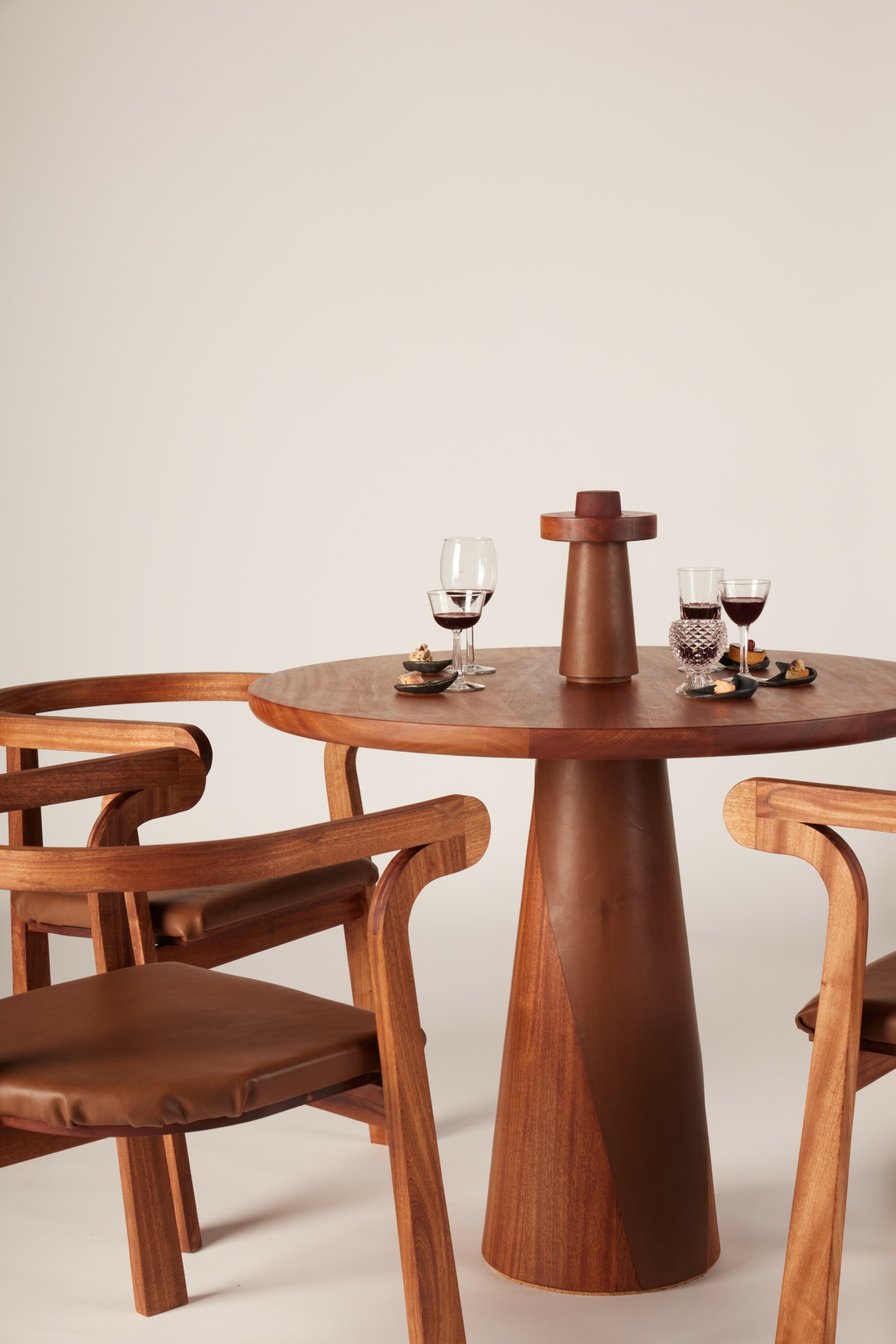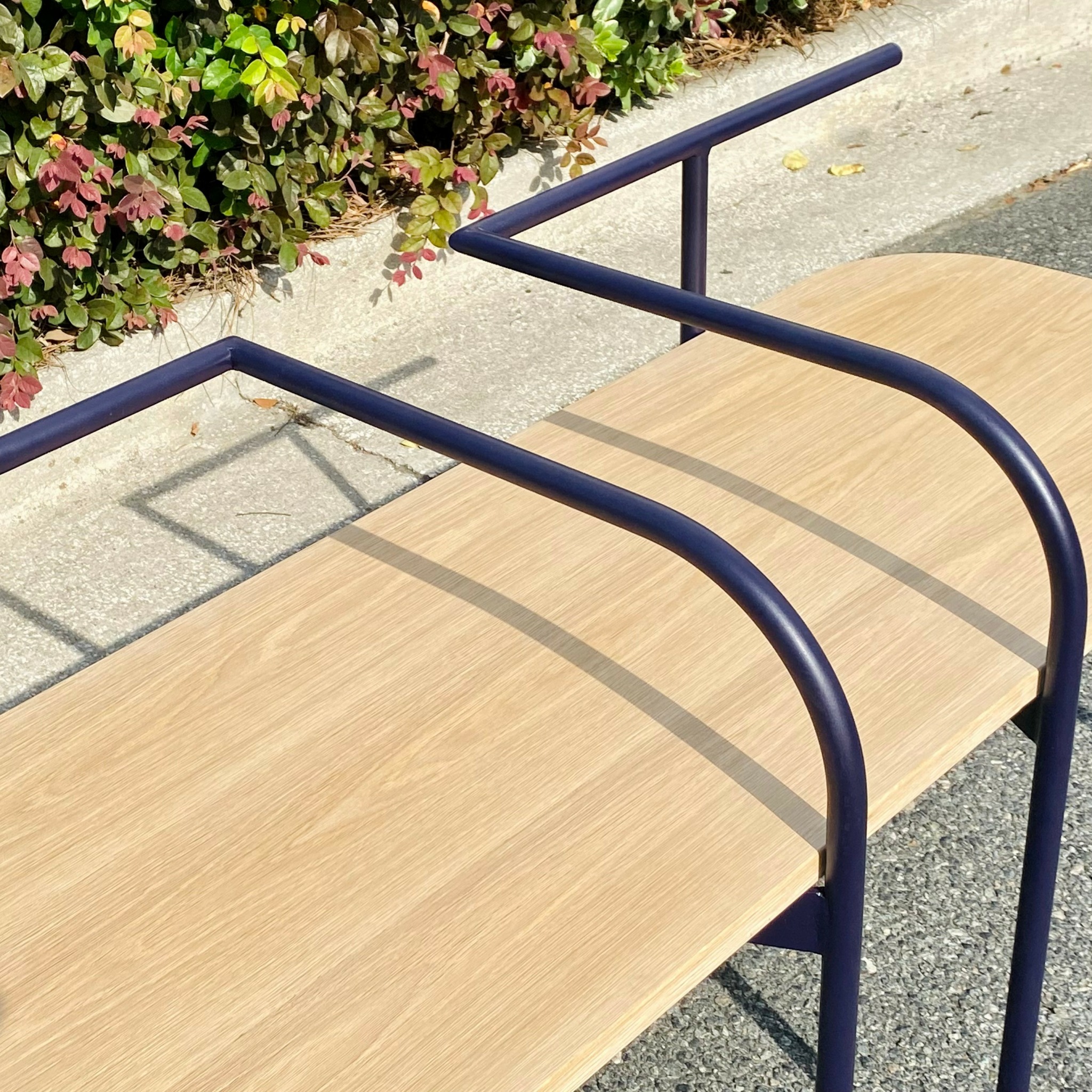We recently connected with Tanuvi Hegde and have shared our conversation below.
Hi Tanuvi, thanks for joining us today. Let’s jump to the end – what do you want to be remembered for?
I hope to be remembered as a designer who created with intention, curiosity, and a sense of play. Someone who didn’t just design for function or trends but for experience—someone who made objects that invited people to slow down, engage, and connect.
I want my work to leave an impression, not just as physical pieces but as moments. I want someone to interact with one of my designs years from now and still feel a sense of discovery, of thoughtfulness woven into the piece. Whether it’s through sensory engagement, movement, or hidden surprises, I hope my work continues to encourage curiosity and introspection.
Beyond that, I want to contribute to a broader conversation about how design impacts emotional well-being. I want to be known for pushing the boundaries of what furniture can be—showing that it can be more than just functional, that it can be poetic, expressive, and deeply human. If my work can make even a small difference in how someone experiences their environment, that would be the legacy I’d want to leave behind.
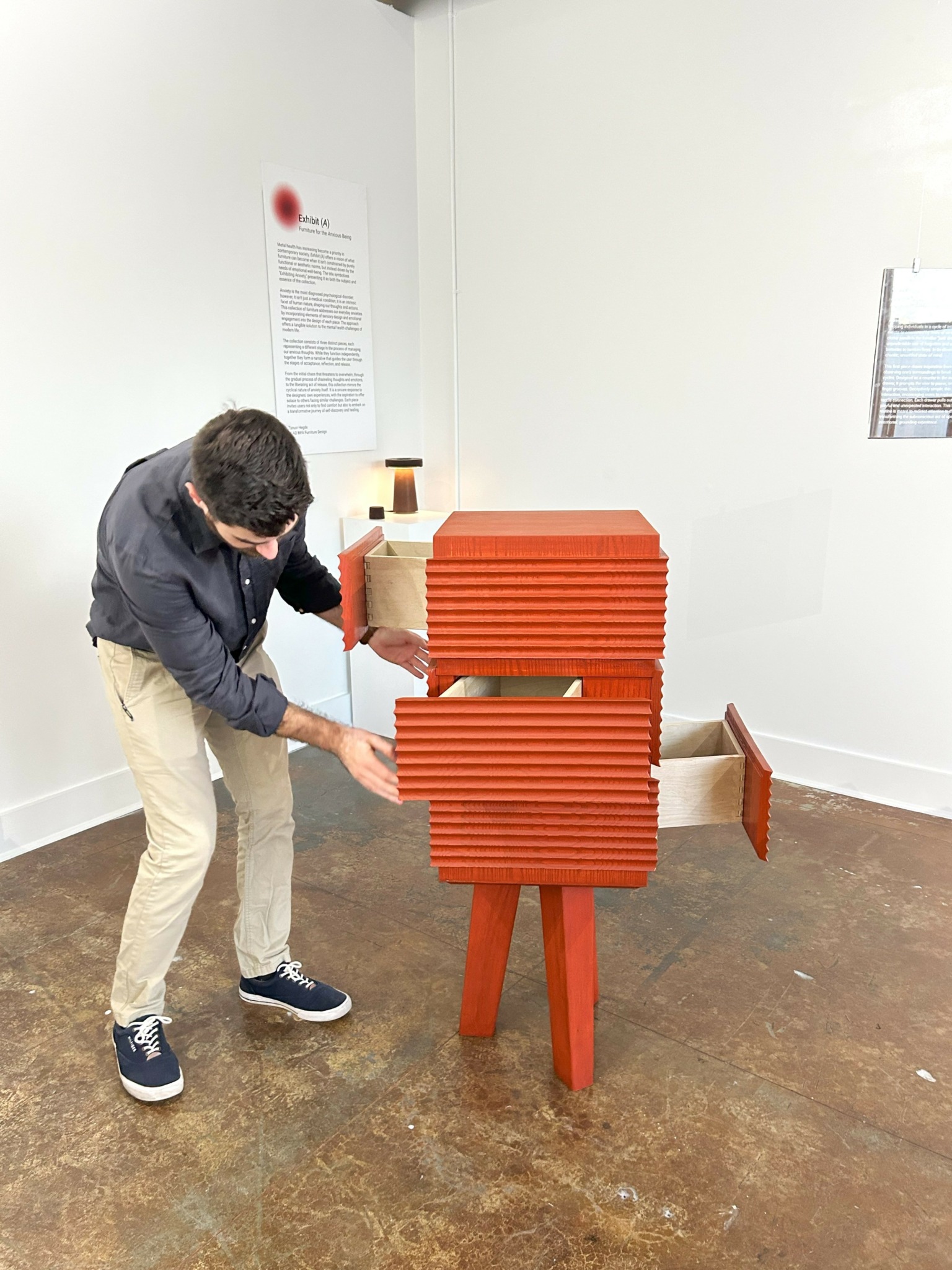
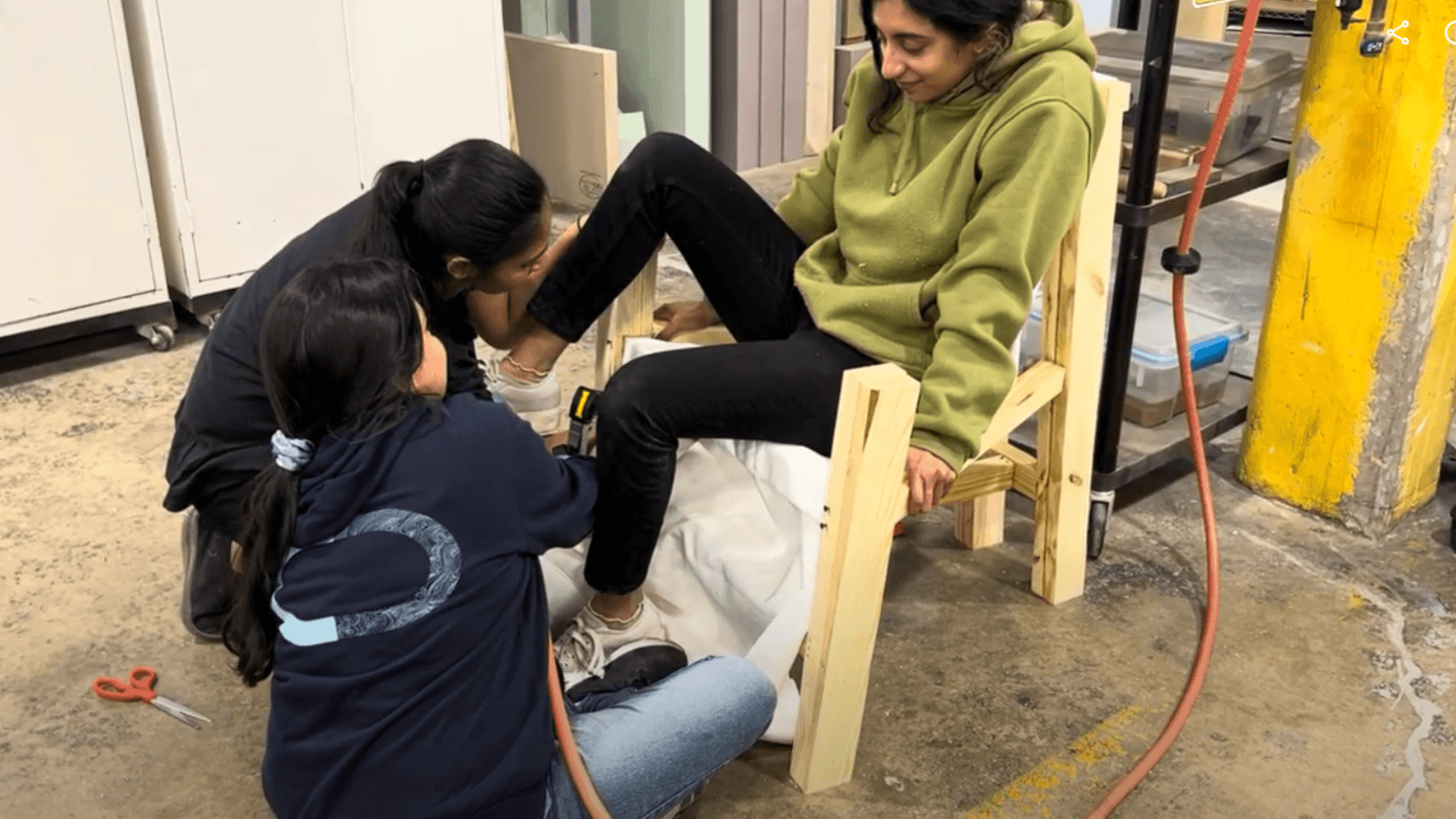
As always, we appreciate you sharing your insights and we’ve got a few more questions for you, but before we get to all of that can you take a minute to introduce yourself and give our readers some of your back background and context?
I’m a furniture designer and maker with a background in architecture and interior design. My journey into design has been shaped by a deep curiosity about how people interact with objects and spaces—not just on a functional level but on an emotional, sensory, and even subconscious level.
I started in architecture, where I learned to think about space holistically, but I found myself drawn to the smaller details—the objects that fill a space, the tactile qualities that make a place feel lived-in. That led me to furniture design, where I could merge my love of material exploration, storytelling, and user interaction. My work often blends traditional craftsmanship with unexpected details, creating pieces that are meant to be touched, played with, and experienced fully.
One of my most significant projects was my MFA thesis collection, which explored anxiety through therapeutic design. The collection breaks down the experience of managing anxious thoughts into three stages: distraction, reflection, and release. Each piece was designed to guide the user through these emotional states—whether through movement, tactile engagement, or ritual. The response to this collection was deeply meaningful to me because it resonated with people on a personal level. It reinforced my belief that design has the power to do more than just serve a function; it can offer comfort and create moments of mindfulness.
What sets my work apart is my focus on interaction and sensory engagement. I design with the intention of creating moments—whether through hidden mechanisms, playful elements, or subtle textures that invite touch. My pieces are meant to be experienced, not just observed. I believe furniture can hold more than just objects—it can hold memories, emotions, and connections that linger long after someone has engaged with it.

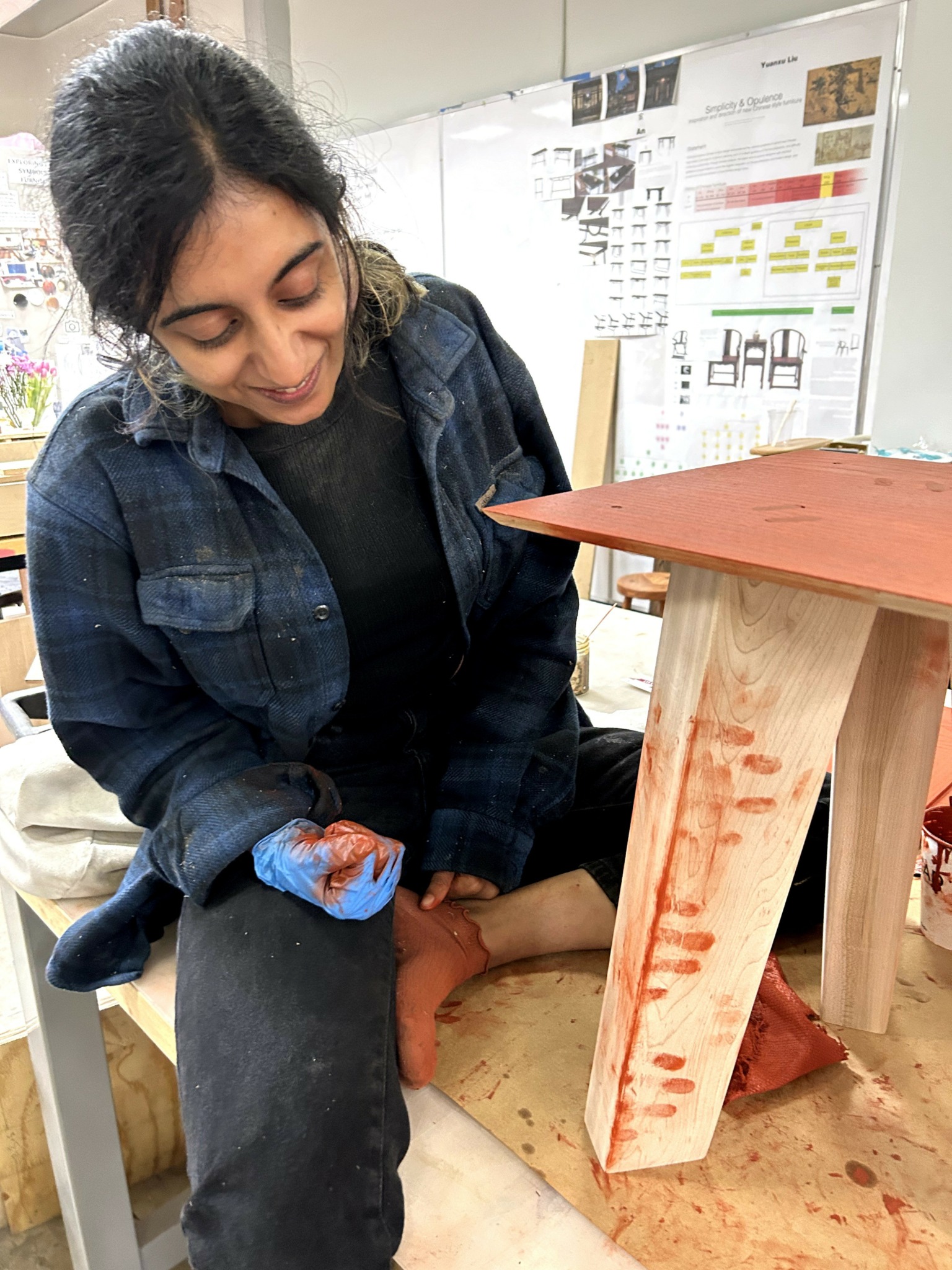
What do you find most rewarding about being a creative?
The most rewarding aspect of being a designer is seeing people engage with my work in ways I didn’t anticipate. I love when someone discovers an unexpected detail—a hidden compartment, an unexpected movement, a subtle texture—and it sparks curiosity or delight. Those small, personal moments of connection make the process worthwhile.
Beyond that, I find immense joy in the act of making itself. Bringing an idea to life with my own hands is a deeply personal and fulfilling experience. There’s something magical about seeing a sketch transform into a real, functional object—something that once existed only in my mind now holds space in the physical world. I love the rhythm of working in the studio, the sound of tools meeting material, the smell of the wood, the feeling of surfaces changing under my hands as I mold and refine them.
The process of making is just as important to me as the final outcome. It’s where I can embed energy, intention, and emotion into the piece. I believe that when something is made with care, that energy lingers—it’s felt by those who interact with it. There’s an unspoken dialogue between maker and user.
I also find immense joy in the iterative nature of design—the process of taking an idea, experimenting with materials, and refining it until it feels just right. There’s something deeply satisfying about working through challenges, embracing happy accidents, and arriving at a final piece that captures the essence of what I set out to create.
Every object carries meaning, whether intentional or not, and being able to embed a narrative or a feeling into my work—something that lingers with the user long after they’ve encountered it—is incredibly fulfilling.
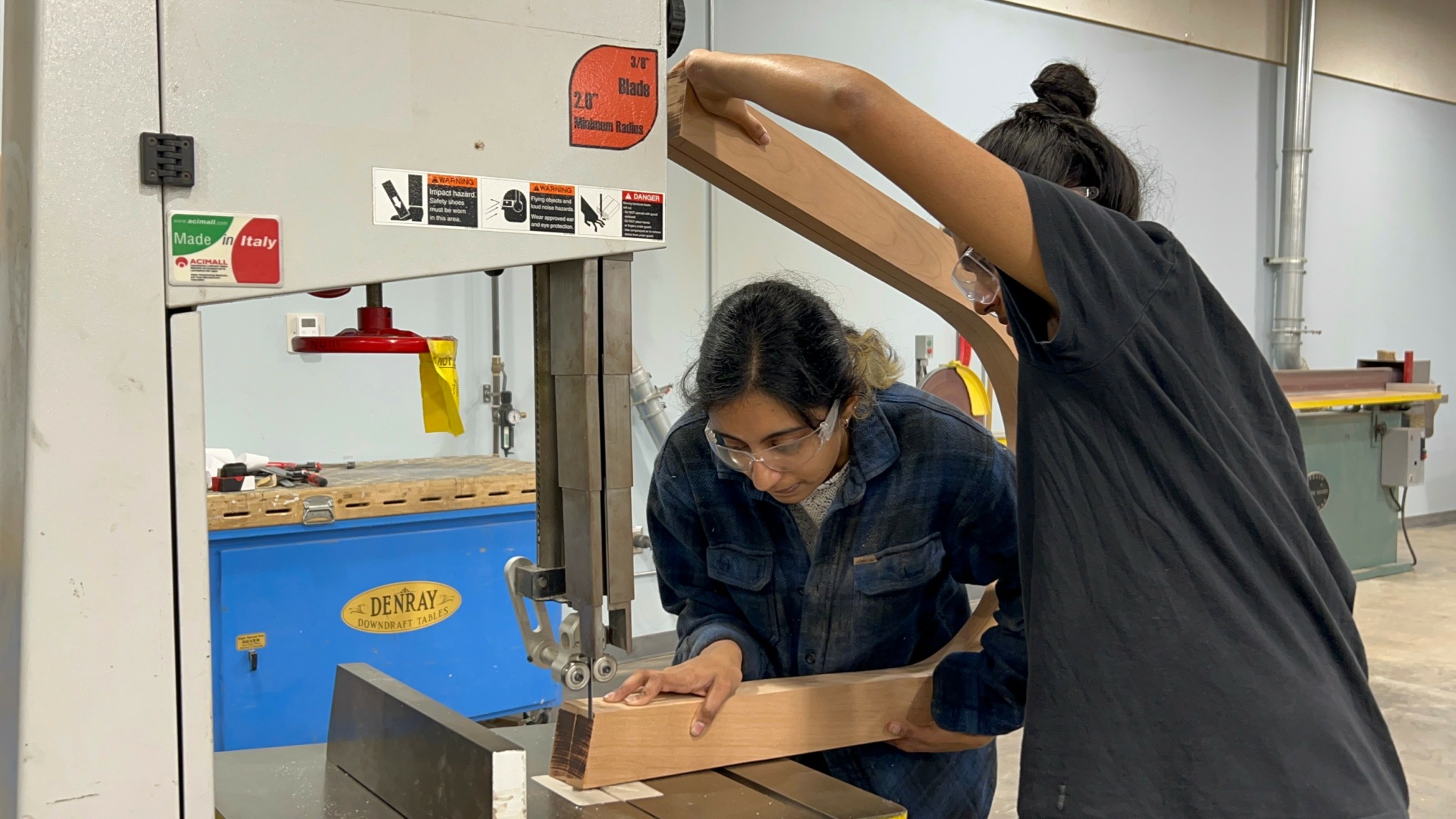

Is there a particular goal or mission driving your creative journey?
At the heart of my creative journey is the belief that design is more than just aesthetics or function—it’s an experience, a conversation between the object and the user. My goal is to create furniture that not only serves a practical purpose but also fosters emotional and sensory connections. I’m interested in how design can be therapeutic, offering comfort, grounding, or even moments of playfulness that allow people to feel more present in their space.
I design with intention, considering how people interact with objects and how those objects can subtly guide, soothe, or surprise them. Whether it’s through movement, materiality, or hidden details, my goal is to create work that engages people beyond the visual—pieces that invite touch, encourage exploration, and resonate on a deeper level.
Contact Info:
- Instagram: tan.hegde
- Linkedin: https://www.linkedin.com/in/tanhegde
